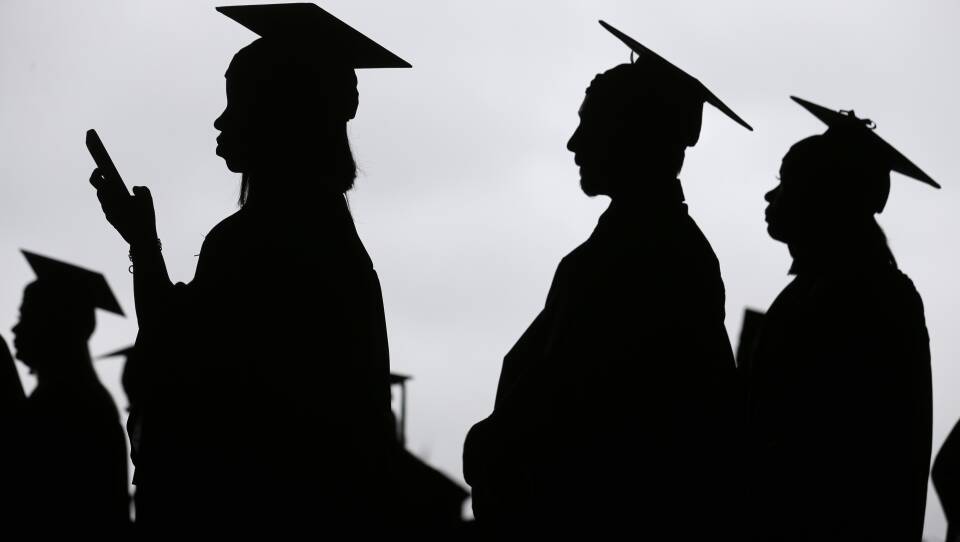Not long ago, I found myself engrossed in a series of homegrown dramas played out across the internet. Emotional vignettes of will-she-or-won’t-he-or-won't-they, featuring American high school students starring in college acceptance videos. For close to an hour, I watched as prospective students recorded themselves with laptop and cellphone cameras, clicking a button to reveal a full-screen notification that they were accepted, rejected or added to the waitlist. I got drawn into dozens of these YouTube college reaction videos — swept up in the excitement of students eager to share their acceptance news, and even some who shared their deep disappointments.
But soon I realized that I’d seen just one video during which the cost of college was explicitly discussed. Moments after one young woman excitedly screamed about being accepted at the college of her choice, the camera captured her mother telling her the school didn’t offer enough financial aid. Most of the accepted college students I saw on video didn’t seem to prioritize the cost of college. I know that most college students don’t have that luxury. Just a few mouse clicks away, I found stories by debt-burdened students sharing their worries as part of “Dreams Not Debt,” launched by the Alliance for Youth Action. Referring to the growing interest on her loans, Hayley Banyai-Becker claimed in her post that her debt “currently stands at $58,929 ... almost $10,000 more than ... when I graduated less than 4 years ago.”
A Brookings Institute study reveals Black student loan borrowers are hardest hit by college debt. But Maryland High School senior Bunmi Omisore is in the enviable position not to be among them. The Nigerian American Bunmi was accepted by all 9 colleges she applied to — from the University of Maryland to Harvard. Her joyous YouTube video documented each “Yes,” often with her dad exclaiming, “This is the golden nugget.” Golden indeed. Each of his talented daughter’s acceptances came with significant financial aid. Winner of multiple top academic and extracurricular awards, Bunmi was offered expansive financial aid packages comprised of exclusive grants for top scholars bundled with a full-ride scholarship covering all tuition and room and board. She will enter Duke University free of worry about a debt-filled future.
Unlike the 44 million others who are living with an accumulated 1.7 trillion dollars in debt — nearly all of it from federal loans. Those borrowers have had much-needed relief since March 2020 with a government-approved pause in federal loan repayments. A breather for all borrowers, but especially for the millions of millennial workers — many of whom lost jobs during the Great Recession, can’t afford to buy a house and are postponing marriage. And it’s why President Joe Biden is under enormous political pressure to fulfill his campaign promise to cancel some student loan debt before repayment begins again on September 1. Some Democrats are calling for up to $50,000 dollars per loan.
Federal loan cancelation would not wipe out all student debt, but it would offer enough relief for borrowers to pay for other goods and services and thereby boost the economy. That means Americans, not just individual borrowers, now have a stake in the student loan debt. Doesn’t it make sense to get a better return on investment?








